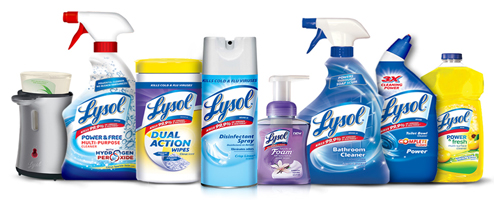There are many myths surrounding septic tanks and sewage treatment plants. Being a subject that people don't necessarily want to talk about, confusion can often set in and misconceptions arise. We have put together a few myths and facts to keep you in the know about your septic tank.
Unfortunately this is not true - Your septic tank needs emptying regularly to remove the settled solids, preventing them from moving through the system. Bacterial treatment also helps to improve and maintain the levels of bacteria within the tank.

The thought here is that chemicals will kill the bacteria however certain chemicals and detergents can be used safely. Try to use laundry and dishwasher soaps that have low or no phosphate in them. Bleach and disinfectants can kill the bacteria in the tank so use sparingly and in small amounts. Or, septic treatment like our Biotreat365 microbial formula, can help to replenish bacteria lost through overuse of chemicals.
Again this is incorrect - The rate at which your septic tank needs emptying can vary depending on how many people live in your household, and the size of your tank, but The Environment Agency recommends that household septic tanks are emptied at least once per year.
The tank fills to working level within a few days after the emptying takes place and once it has reached its working level, it works by displacement – catching the solids as they enter the tank and allowing the dirty water to move through the system into the outlet – usually a soak-away or drainage field. The tank needs emptying regularly to remove the solids and prevent them from moving through into the outlet.

You might not be able to see the damage you are causing if you don't empty your septic tank but that doesn't mean it's not happening.
If the tank is not emptied the drain field or soak-away is likely to fill with sludge, which can reduce its effectiveness and can lead to a system failure. It can take several years for the effects of the damage to be seen, but the ultimate cost of repairs usually far outweighs the cost of the regular emptying, not to mention the disruption of having ground works carried out in the garden.
All sewage treatment plants need emptying and servicing at regular intervals although the interval will depend on the size of the plant, and the usage.
Treatment plants rely upon settled solids being removed periodically. They then treat the dirty water that moves through the system, normally by means of aeration. Leaving a treatment plant without emptying for too long allows the sludge to move through into parts of the plant that it shouldn't reach, and even beyond into the outlet. This can cause damage to the component parts of the treatment plant and cause pollution to the area where the plant discharges.
Now that you know what's true and what's not, you need to ensure that you take care of your septic tank and have it regularly maintained and emptied. If you require any help with your waste management then give our team a call now on 0800 3587 455.